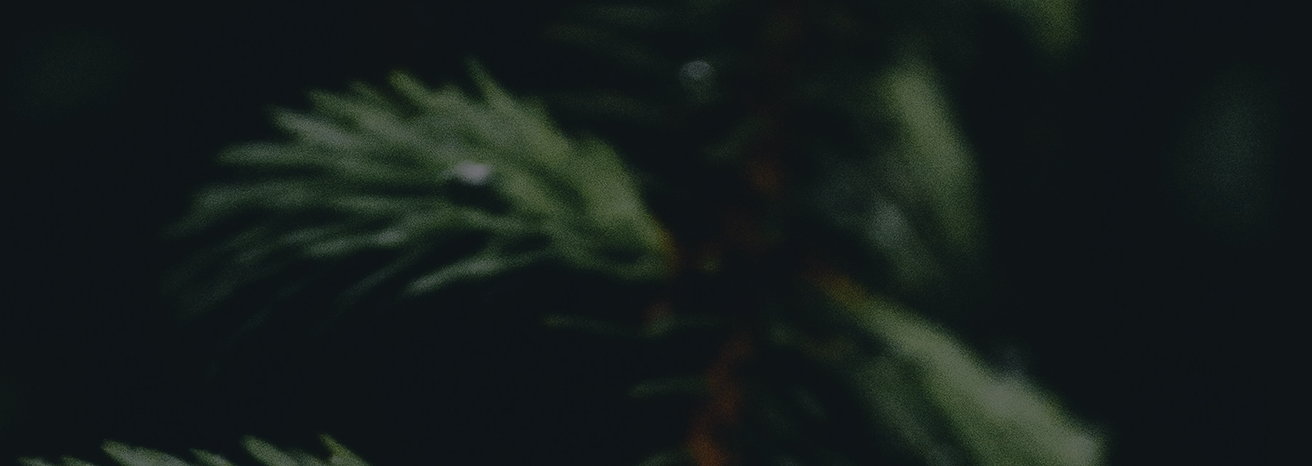Spinal Deformities
Spinal deformity is a pathological change in the normal axis or shape of the spinal column, which can lead to impaired function of internal organs, pain, and reduced quality of life. These conditions may be congenital or acquired during life.
Types of Spinal Curvature
There are various types of posture and back curvature disorders. The most common forms are:
-
Scoliosis — lateral curvature accompanied by twisting of individual vertebrae.
-
Kyphosis — excessive curvature in the thoracic area, causing a hunched appearance.
-
Lordosis — excessive inward curvature in the lumbar region.
-
Combined forms — a combination of several types of curvatures.
Each form has its own degree of severity and requires an individual approach to diagnosis and therapy.
Symptoms of Spinal Curvature
In the early stages, curvature may not cause discomfort. However, over time the following may appear:
-
back pain, especially after physical exertion;
-
changes in posture;
-
asymmetry of the shoulders, pelvis, shoulder blades;
-
gait disturbance;
-
reduced mobility.
Advanced cases may affect the function of the lungs, heart, and other organs.
Causes of Spinal Curvature
The development of the pathology is influenced by:
-
congenital anomalies in vertebral development;
-
sedentary lifestyle;
-
injuries;
-
poor posture during childhood;
-
muscle weakness;
-
rapid growth during adolescence;
-
degenerative diseases such as osteochondrosis.
Main Symptoms of Spinal Curvature
Patients typically report the following complaints:
-
regular back pain;
-
visible changes (shoulder tilt, pelvis shift);
-
chronic fatigue;
-
breathing difficulties in severe deformities;
-
limited mobility.
The symptoms depend on the degree and location of the deformity.
General Measures to Prevent Spinal Curvature
To prevent the pathology, it is recommended to:
-
monitor posture from an early age;
-
lead an active lifestyle, do sports;
-
use orthopedic furniture;
-
maintain a healthy body weight;
-
avoid carrying heavy loads on one side;
-
undergo regular checkups with an orthopedic specialist.
Prevention is especially important for children and adolescents, whose musculoskeletal system is actively developing.
Treatment of Spinal Deformity in Russia
Treatment methods depend on the type of curvature, its severity, and the patient’s age. Conservative and surgical approaches are distinguished.
Conservative therapy includes:
-
physiotherapy;
-
therapeutic exercise;
-
wearing a brace;
-
massage and manual techniques;
-
medication.
Surgical intervention is indicated for severe deformities or when conservative methods are ineffective. Surgery allows correction of the spinal column’s shape, stabilization, and restoration of function.
Clinics
In Russia, these pathologies are successfully treated at:
-
Priorov National Medical Research Center of Traumatology and Orthopedics — one of the leading centers with a high-tech approach;
-
Burdenko National Medical Research Center of Neurosurgery — specializes in complex surgical interventions;
-
EMC (European Medical Center) — applies modern correction methods and individualized therapy protocols.
Cost
Prices depend on the complexity of the pathology and the chosen method. Conservative treatment starts from $500, surgery — from $3200. Preoperative examination and rehabilitation are also included in the total cost.
MARUS Assistance
The MARUS platform helps patients choose a reliable clinic in Russia, arrange consultations with specialized doctors, and plan the entire treatment journey. We accompany patients from the initial request to the completion of therapy, ensuring comfort and safety at every stage.
Gastroenterology
Plastic Surgery
Cosmetology
Cardiology
Care Assistants
All information on this website is provided for informational purposes only and does not constitute medical advice. All medical procedures require prior consultation with a licensed physician. Treatment outcomes may vary depending on individual characteristics. We do not guarantee any specific results. Always consult a medical professional before making any healthcare decisions.

MARUS support options
Choose a package that works for you — from choosing your doctor to full-service travel and treatment
Send a request
You choose the clinic — we’ll take care of travel and treatment arrangements and all the paperwork.
